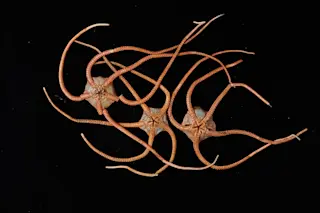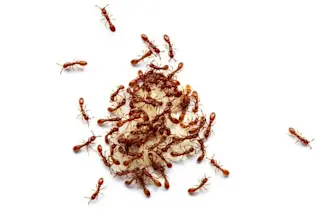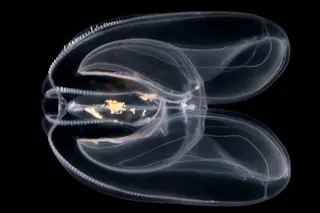Twelve years ago, when Stuart Schreiber was 28, he earned the questionable distinction of being the first chemist to synthesize a naturally occurring compound called periplanon-b, the sex attractant of the American cockroach. Schreiber says he was drawn to periplanon-b because of its geometric beauty. Having synthesized the molecule in his Yale laboratory, though, he decided he might as well pursue the obvious experiment, so he descended into the chemistry building basement.
I went down with one of my graduate students, a flashlight, a shoe box--it was all pretty primitive--and I had a book showing pictures of different kinds of cockroaches, he explains. But I had trouble distinguishing the male from the female. I was reading that the markings on the leg would distinguish them, but I could never do that. So I found some American cockroaches--the big ones--and I didn’t know if they were male or female, but only ...














